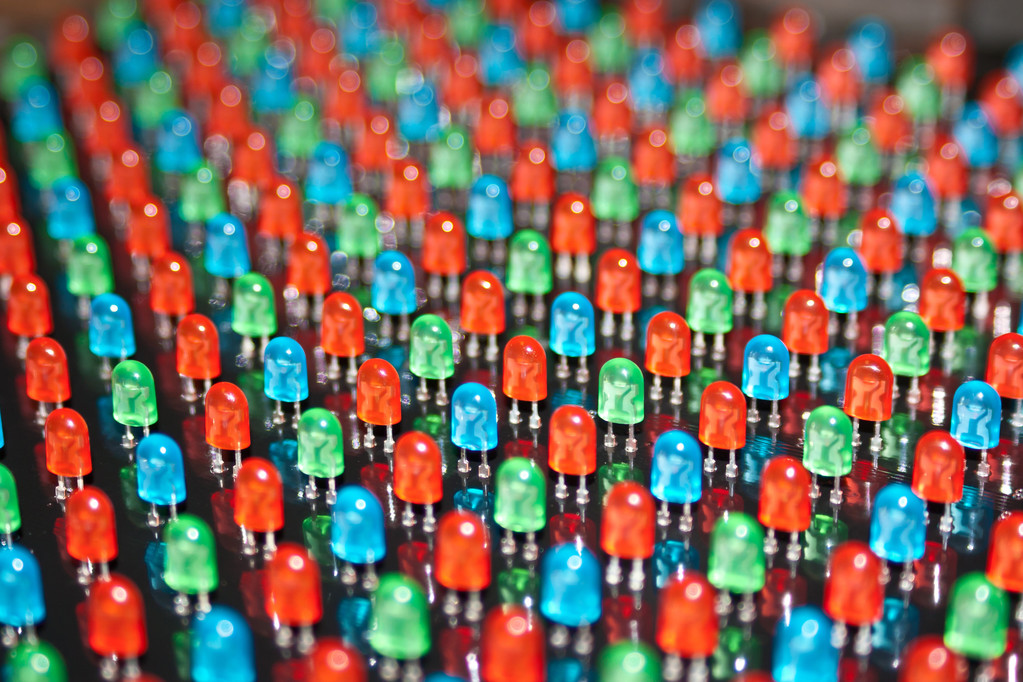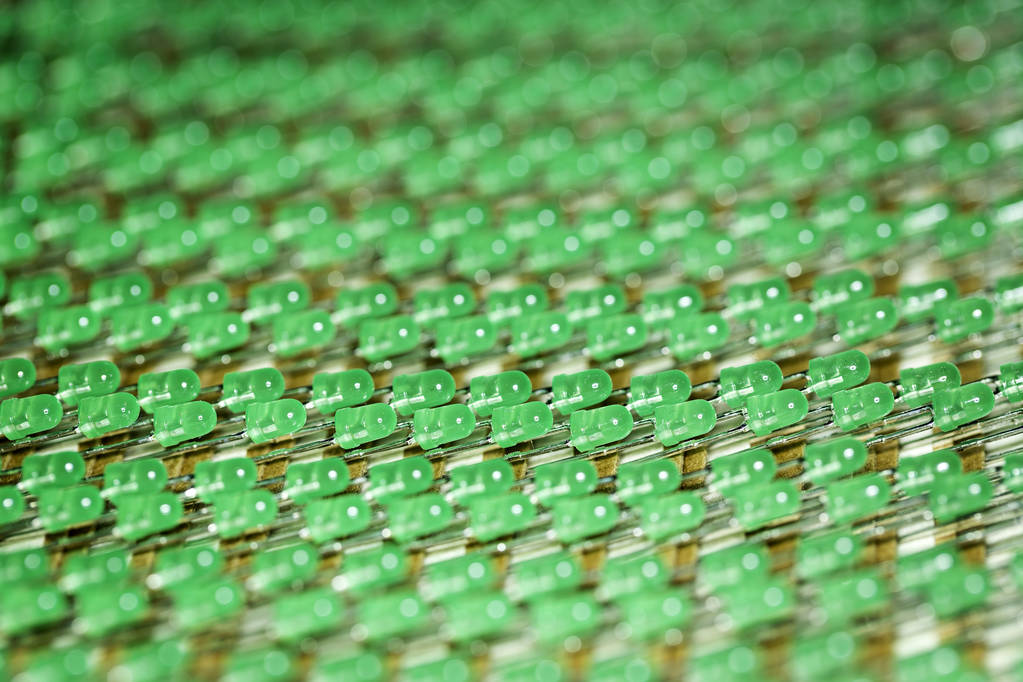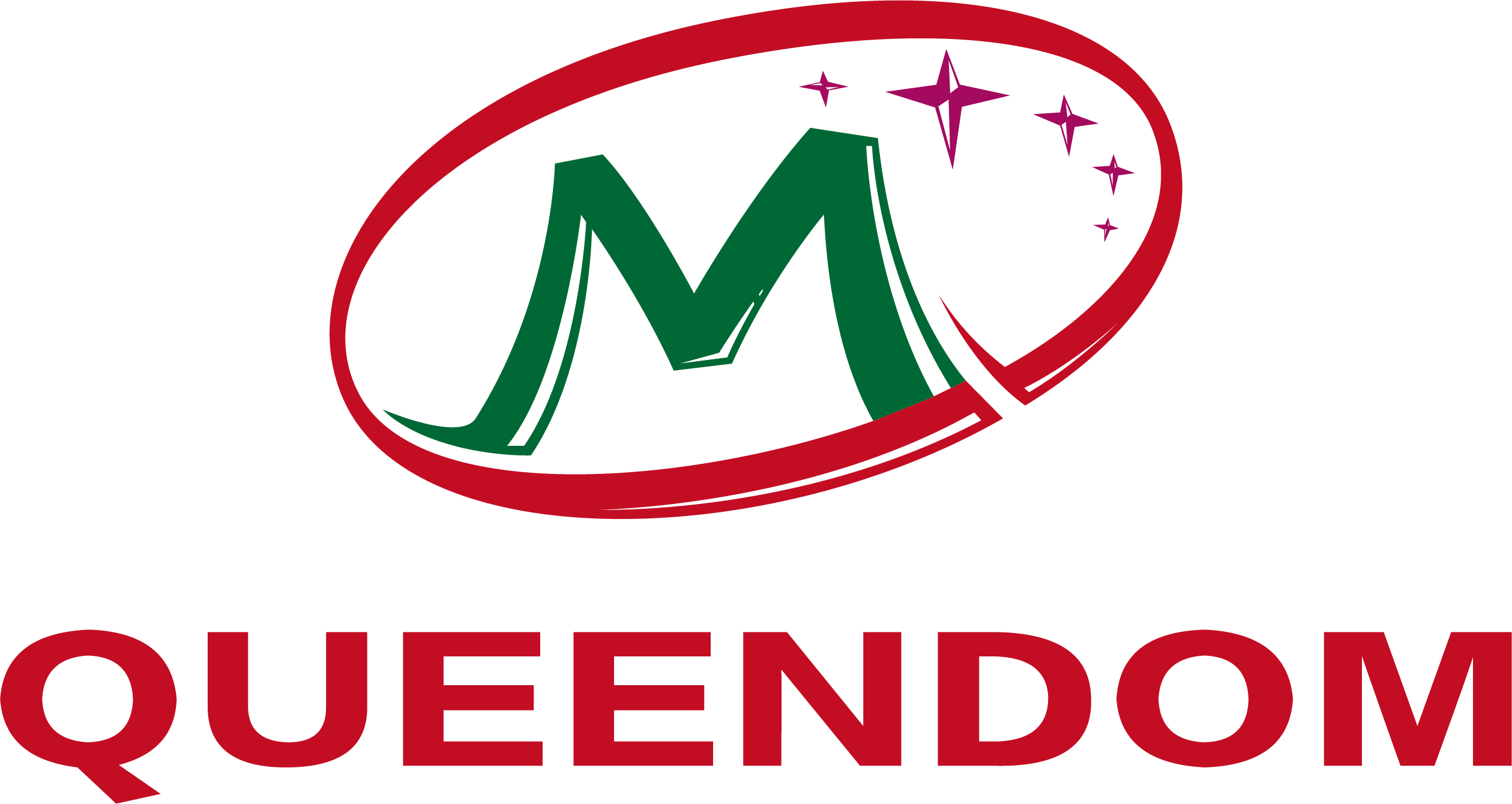LED light-emitting diode working principle and characteristics
LED light-emitting diode is a solid-state semiconductor device, which can directly convert electricity into light. The heart of the LED is a semiconductor chip, one end of the chip is attached to a bracket, one end is the negative pole, and the other end is connected to the positive pole of the power supply, so that the entire chip is encapsulated by epoxy resin. The semiconductor wafer is composed of two parts, one part is a P-type semiconductor, in which holes dominate, and the other end is an N-type semiconductor, which is mainly electrons. But when these two semiconductors are connected, a P-N junction is formed between them. When the current acts on the chip through the wire, electrons will be pushed to the P area, where the electrons and holes recombine, and then emit energy in the form of photons. This is the principle of LED light emission. The wavelength of light is the color of light, which is determined by the material forming the P-N junction. People have understood the basic knowledge that semiconductor materials can produce light 50 years ago, and the first commercial diode was produced in 1960. LED is the abbreviation of English light emitting diode (light emitting diode), its basic structure is a piece of electroluminescent semiconductor material, placed on a leaded shelf, and then sealed with epoxy resin around to protect the inner core wire. Therefore, the seismic performance of the LED is good.

The core part of the light-emitting diode
"A wafer composed of p-type semiconductor and n-type semiconductor, there is a transition layer between p-type semiconductor and n-type semiconductor, which is called p-n junction. In the PN junction of certain semiconductor materials, when the injected minority carriers and the majority carriers recombine, the excess energy is released in the form of light, thereby directly converting electrical energy into light energy. With reverse voltage applied to the PN junction, it is difficult to inject minority carriers, so it does not emit light. This kind of diode made by injection electroluminescence principle is called light emitting diode, commonly known as LED. When it is in a positive working state (that is, a positive voltage is applied to both ends), when the current flows from the LED anode to the cathode, the semiconductor crystal emits light of different colors from ultraviolet to infrared. The intensity of the light is related to the current.
Initially, LEDs were used as indicator light sources for instruments and meters. Later, LEDs of various light colors were widely used in traffic signal lights and large-area display screens, resulting in good economic and social benefits. Take a 12-inch red traffic light as an example. In the United States, a long-life, low-efficiency 140-watt incandescent lamp was originally used as the light source, which produces 2000 lumens of white light. After passing through the red filter, the light loss is 90%, leaving only 200 lumens of red light. In the newly designed lamp, Lumileds uses 18 red LED light sources, which consumes a total of 14 watts, including circuit losses, to produce the same light effect. Automotive signal lights are also an important field of LED light source applications.
For general lighting, people need a white light source more. In 1998, the white LED was successfully developed. This LED is made by encapsulating GaN chips and Yttrium Aluminum Garnet (YAG) together. The GaN chip emits blue light (λp=465nm, Wd=30nm), and the Ce3+-containing YAG phosphor made by high-temperature sintering is excited by this blue light and emits yellow light with a peak of 550nm. The blue LED substrate is installed in a bowl-shaped reflective cavity, covered with a thin layer of resin mixed with YAG, about 200-500nm. Part of the blue light emitted by the LED substrate is absorbed by the phosphor, and the other part of the blue light is mixed with the yellow light emitted by the phosphor to obtain white light. Now, for InGaNYAG white LEDs, by changing the chemical composition of the YAG phosphor and adjusting the thickness of the phosphor layer, white light of various colors with a color temperature of 3500-10000K can be obtained. This method of obtaining white light through blue LEDs has simple structure, low cost, and high technological maturity, so it is most used.
In the 1960s, scientific and technological workers used the principle of semiconductor PN junction light to develop LED light-emitting diodes. The LED developed at that time was made of GaASP, and its luminous color was red. After nearly 30 years of development, the LED, which everyone is very familiar with, can emit red, orange, yellow, green, blue and other colors. However, white light LEDs for lighting have only been developed in recent years, and readers will be introduced to white light LEDs for lighting.
1. The relationship between visible light spectrum and LED white light
It is well known that the wavelength range of the visible light spectrum is 380nm~760nm, which is the seven colors of light that the human eye can perceive-red, orange, yellow, green, blue, blue, and purple, but the seven colors of light are each A monochromatic light. For example, the peak wavelength of the red light emitted by the LED is 565 nm. There is no white light in the spectrum of visible light, because white light is not monochromatic light, but a composite light composed of a variety of monochromatic lights, just as sunlight is white light composed of seven monochromatic lights, while in color TVs White light is also synthesized from the three primary colors yellow, green and blue. It can be seen that, to make the LED emit white light, its spectral characteristics should include the entire visible spectral range. However, it is impossible to manufacture LEDs with this performance under current process conditions. According to people's research on visible light, the white light that human eyes can see requires a mixture of at least two kinds of light, that is, two-wavelength light emission (blue light + yellow light) or three-wavelength light emission (blue light + green light + red light) mode . Both of the above two modes of white light require blue light, so the ingestion of blue light has become a key technology for white light manufacturing, that is, the "blue light technology" pursued by major LED manufacturing companies. At present, there are only a few manufacturers that master the "blue light technology" in the world, so the promotion and application of white light LEDs, especially the promotion of high-brightness white light LEDs in my country, is still a process.
2. Process structure of white LED and white light source
For general lighting, in terms of process structure, white light LEDs are usually formed by two methods. The first is to use "blue technology" and phosphor to form white light; the second is to mix multiple monochromatic lights. Both of these methods have successfully produced white light devices. The first method of generating white light is shown in Figure 1. The LEDGaM chip emits blue light (λp = 465nm) in the picture. It is packaged with YAG (yttrium aluminum garnet) phosphor. When the phosphor is excited by blue light, it emits yellow. As a result, blue light and yellow light are mixed to form white light (the structure of the LED is shown in Figure 2). The second method uses chips of different colors to be packaged together, and white light is generated by mixing the colors of light.

3. The application prospects of white LED lighting new light sources
In order to explain the characteristics of white LEDs, let’s take a look at the status of the current lighting sources. Incandescent lamps and halogen tungsten lamps have a luminous efficiency of 12-24 lumens/watt; fluorescent lamps and HID lamps have a luminous efficiency of 50-120 lumens/watt. For white LEDs: In 1998, the luminous efficiency of white LEDs was only 5 lumens/watt. By 1999, it had reached 15 lumens/watt. This index was similar to ordinary household incandescent lamps. In 2000, the luminous efficiency of white LEDs It has reached 25 lumens per watt, which is similar to the tungsten halogen lamp. Some companies predict that by 2005, the luminous efficiency of LEDs can reach 50 lumens/watt, and by 2015, the luminous efficiency of LEDs is expected to reach 150-200 lumens/watt. At that time, the working current of the white LED could reach the ampere level. It can be seen that the development of a white light LED writer's lighting source will become a possible reality.
Although the incandescent lamps and halogen tungsten lamps for general lighting are cheap, they have low luminous efficiency (the thermal effect of the lamp consumes in vain), short life, and heavy maintenance work. However, if white light LEDs are used for lighting, not only the luminous efficiency is high, but also the lifespan Long (more than 10,000 hours of continuous working time), almost no maintenance. At present, the German Hella company uses white LEDs to develop aircraft reading lights; a street in the Australian capital Canberra has used white LEDs for street lighting; my country’s urban traffic management lights are also replacing early traffic order indicators with white LEDs. It is foreseeable that in the near future, white LEDs will enter the home to replace the existing lighting.
Characteristics of LED light source:
It has the advantages of using low-voltage power supply, low energy consumption, strong applicability, high stability, short response time, no pollution to the environment, multi-color lighting, etc. Although the price is more expensive than existing lighting equipment, it is still considered to be inevitable Local existing lighting devices.
LED features and advantages
The inherent characteristics of LED determine that it is the most ideal light source to replace the traditional light source, and it has a wide range of uses. small volume
LED is basically a small chip encapsulated in epoxy resin, so it is very small and very light.
LED power consumption is very low: Generally speaking, the working voltage of LED is 2-3.6V. The working current is 0.02-0.03A. This means: it consumes no more than 0.1W of electricity.
Long service life of LED: under the right current and voltage, the service life of LED can reach 100,000 hours, high brightness, low heat and environmental protection
LEDs are made of non-toxic materials, unlike fluorescent lamps that can cause pollution with mercury, and LEDs can also be recycled. LED is durable
LED is completely encapsulated in epoxy resin, which is stronger than light bulbs and fluorescent tubes. There is no loose part in the lamp body, these characteristics make the LED can be said to be difficult to damage.
It is forbidden to use the above content without the author's authorization, and reprinting must note the source of this content or the consent of the publisher
Source: Queendom Technology Co., Ltd. Author: JACKY date: 2020 May 22 http://www.cn-led.net/en
 English
English china
china German
German Spanish
Spanish French
French Italian
Italian Portuguese
Portuguese Japanese
Japanese Korean
Korean Arabic
Arabic Russian
Russian
 Mobile Site
Mobile Site
 +0086 -13612789419
+0086 -13612789419